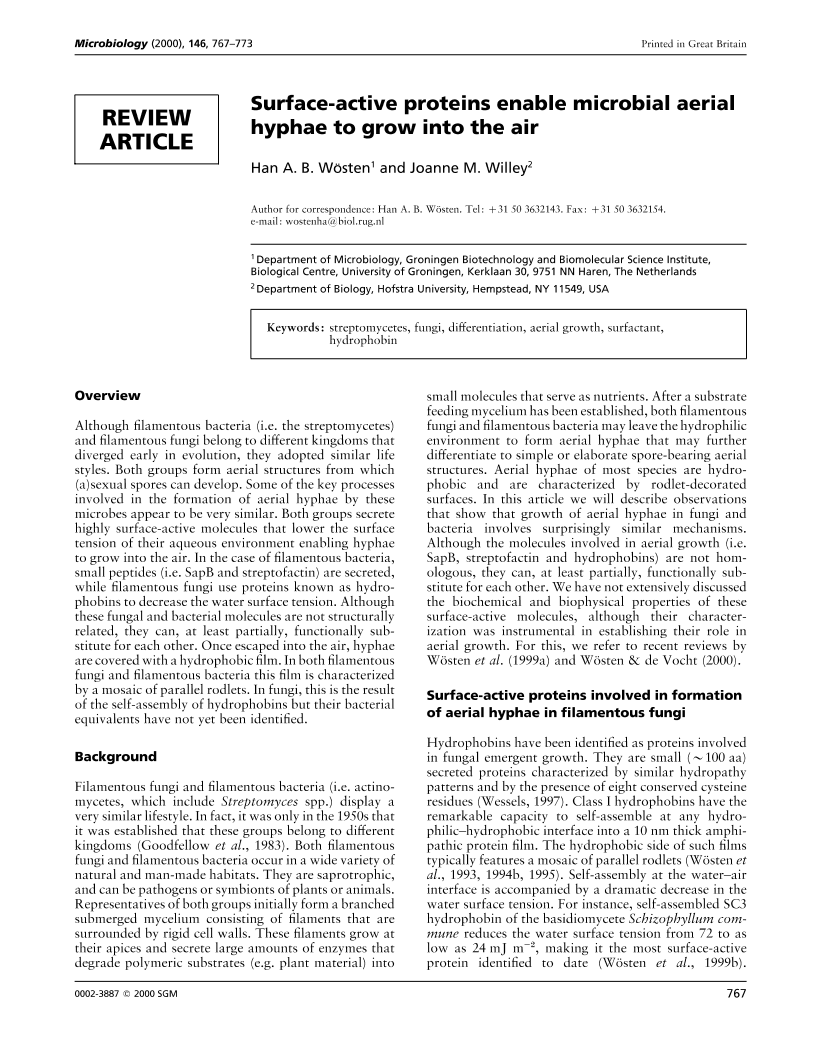
Full text loading...

Surface-active proteins enable microbial aerial hyphae to grow into the air, Page 1 of 1
< Previous page | Next page > /docserver/preview/fulltext/micro/146/4/1460767a-1.gif
There is no abstract available.

Article metrics loading...

Full text loading...
References


Data & Media loading...
